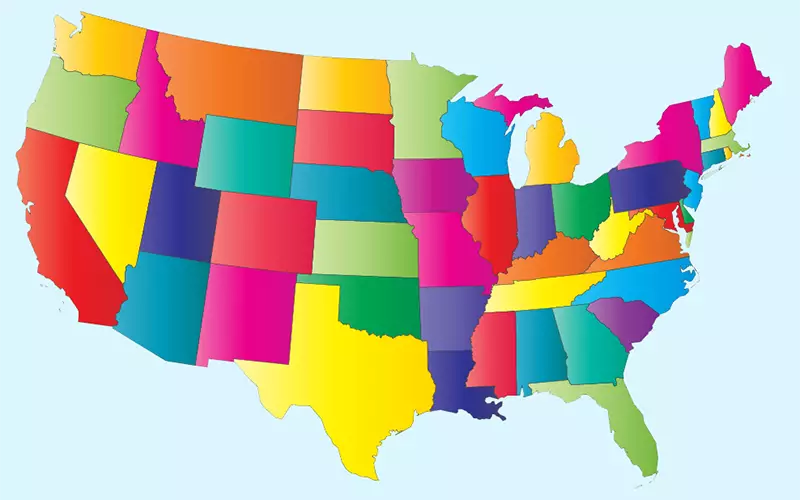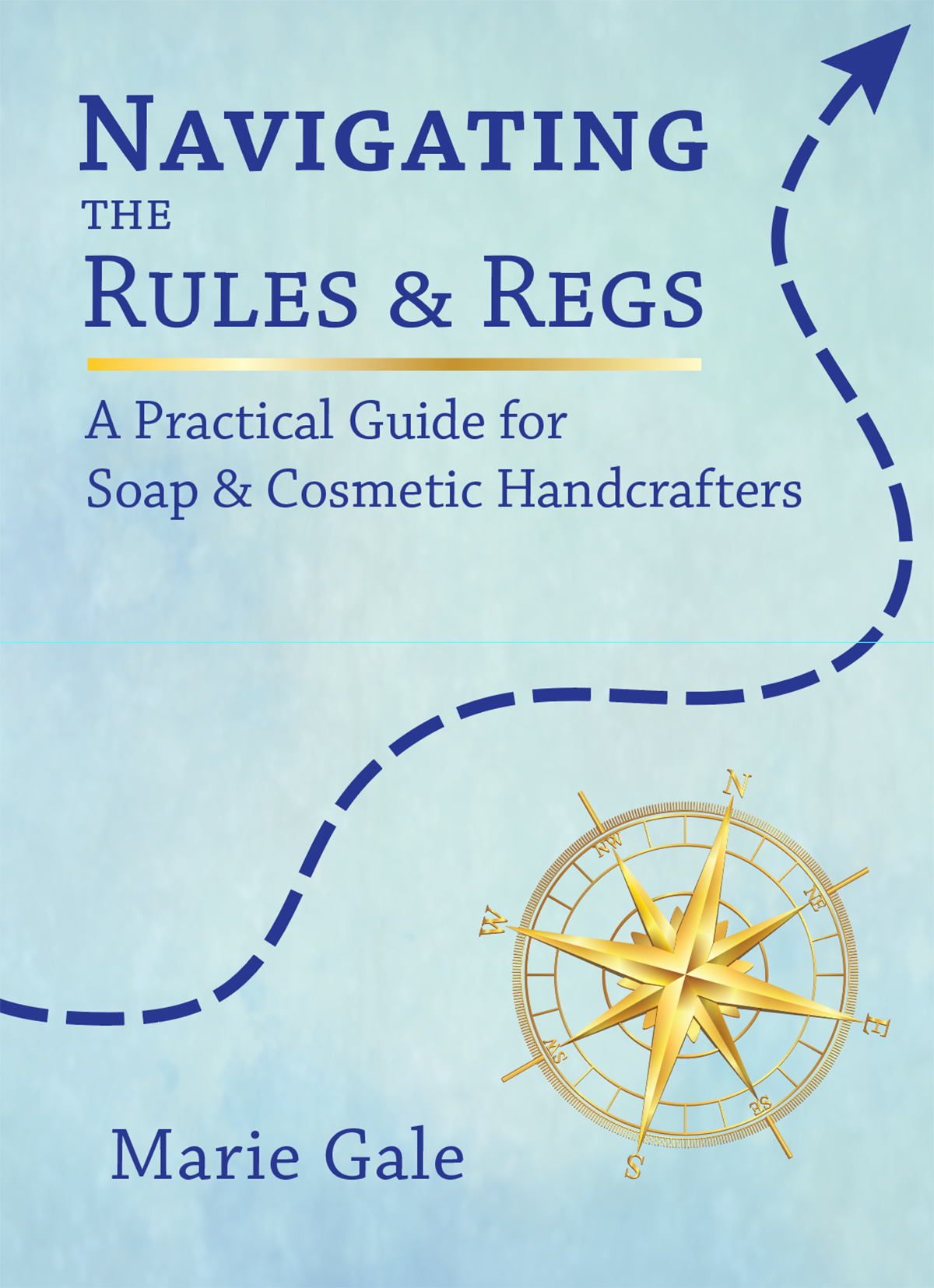The Federal Trade Commission (FTC) sets standards for the truthfulness of “Made in the USA” claims. Now it looks like a claim that a product is made in a specific state must meet the Made in the USA standard.
“Made in the USA” Standard
The Made in the USA standard requires that the product must be “all or virtually all” made in the US. Thus, in order to make a broad, sweeping, unqualified claim that a product is “Made in the USA,” not only must the final manufacturing take place in the US, but also all of the component parts must be sourced from the US. For soap and cosmetics, this means that all of the ingredients going into the product must also be made in the USA.
A qualified claim can be made, such as “manufactured in the USA with foreign and domestic ingredients” or “using 60% USA sourced ingredients” or whatever is true.
Wording of the “Made in the USA” Claim
In order to invoke the Made in the USA standard, the actual claim doesn’t need to specifically say “Made in the USA.” It can be an implied claim, such as “American made,” images of US maps or US Flags, and/or references to company headquarters or locations.
It can also be a claim that a product was made in a specific state.
Just recently, the FTC conducted an investigation into marketing claims made by Seaside Casual Furniture. In their closing letter the FTC discusses the importance of the “all or virtually all” standard and covers the corrective actions taken by the company. It looks like a primary point focused on claims that the company’s products were “Made in Rhode Island” which may have been what invoked the need to meet the Made in the USA standard.
From the FDA’s Letter
“As discussed, unqualified U.S.-origin claims in marketing materials – including claims that products are “Made” or “Built” in the USA or any state or geographic region therein – likely suggest to consumers that the products advertised in those materials are “all or virtually all” made in the United States.
“… As discussed, it is appropriate for Seaside Casual to promote the fact that it has operated in Rhode Island for many years and continues to employ workers to perform certain operations there. However, depending on the net impression conveyed, the Company may need to include prominent qualifications to avoid implying that products advertised are “all or virtually all” made in the United States, unless that becomes the case.”
Closing Letter regarding Seaside Casual Furniture, Feb 7, 2023 (emphasis added)
In other words, it is okay to promote that your company is located in a state and makes products in that state… but where the consumer gets the impression that you are saying your products are “Made in the USA” (and thereby meet the Made in the USA standard) you must actually meet the standard or qualify your overall statements in some way.
Why is it Important?
If you make claims that your product is made in a specific state, then it could invoke the Made in the USA standard.
If you choose to promote where your product is made, then be sure you understand and meet the standard. You need to have accurate documentation of the source of all your ingredients.
For soap and cosmetic makers, completely meeting the “all or virtually all” requirement can be difficult, given that many of the component ingredients are actually from foreign sources. There is little, if any, USA sourced coconut or palm oil, for example. Olive oil can be sourced in the US, but you would need to verify the source and have documentation. Many chemicals are actually produced by foreign manufacturers.
Note that there are a few exceptions, where are discussed here and here.



Leave a Reply